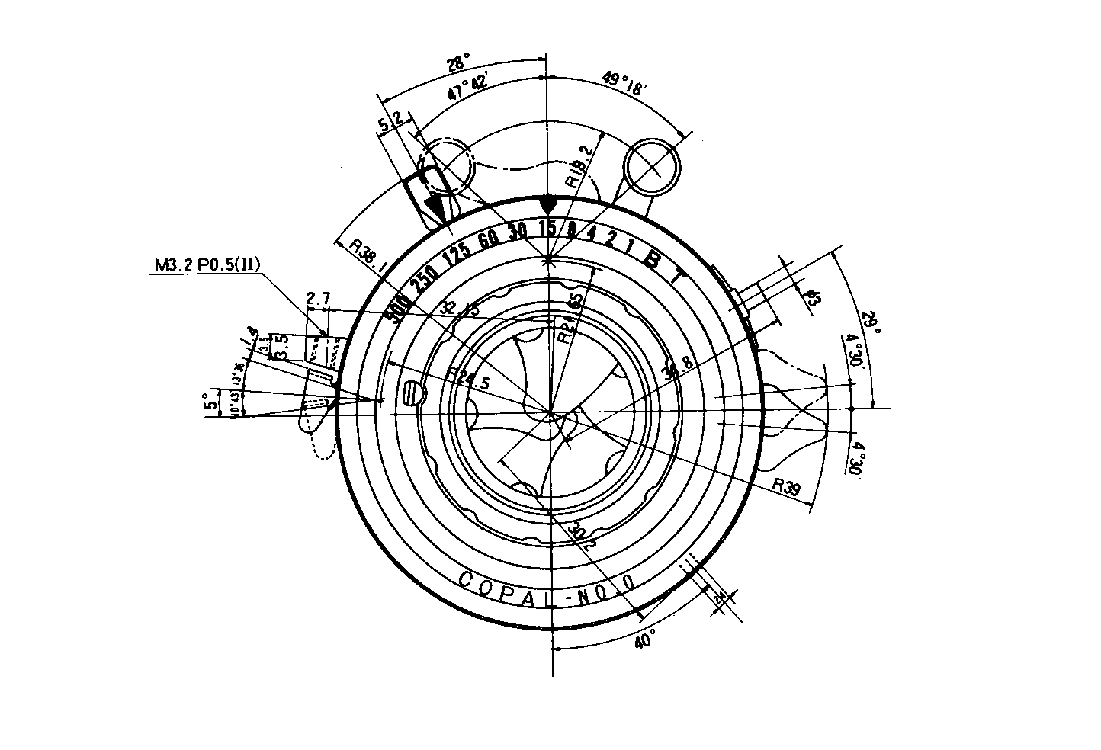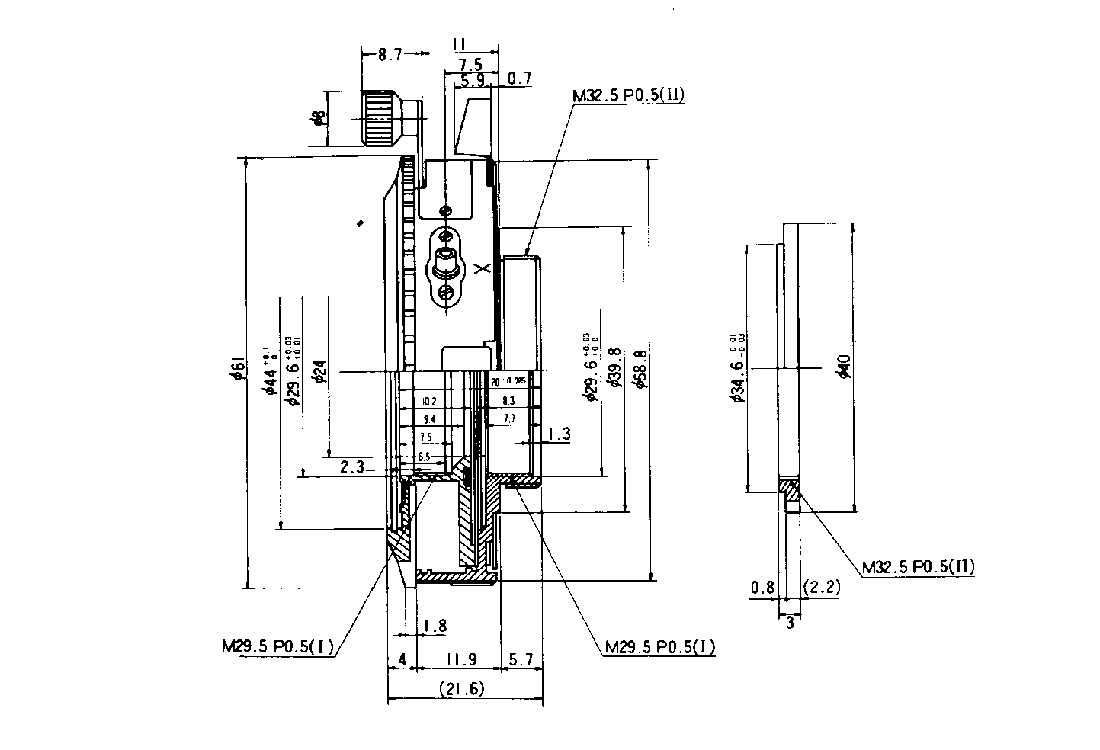|
Manufacture of the Copal leaf shutter began in 1946, by the Copal Company in Japan. It was the standard mechanical shutter used by Rodenstock, Schneider, Fuji and Nikon for their large format lenses. The Copal Company ceased production in 2016, but supply remained available over the next few years. Today, a used lens with a Copal shutter is the most economical large format lens option available. Existing Copal shutters can still be reliable and durable when cared for in transport and operation. At this time, Copal shutters on large format lenses can be replaced with a shutter from another lens, or repaired in the USA at SK Grimes or other repair stations. If you need to replace a shutter, the aperture scales can be transferred to the new shutter or SK Grimes can make new aperture scales at an additional charge. Rodenstock's supply of remaining Copal shutters ran out in 2019. Since then, Rodenstock has not produced a lens with a mechanical shutter option. During 2019, Rodenstock replaced the mechanical Copal shutter with a new Aperture-Only (AO) or Aperture-Stop mount. Phase One has the newer X-Shutter to which existing lenses can be remounted, but the control of the shutter currently works only with their IQ4 digital backs. Additionally, Arca-Swiss can now offer lenses mounted in X-Shutter. Caring for Copal and other leaf or central point shutters
Comments are closed.
|
AuthorRod Klukas Archives
December 2023
Categories
All
|


 RSS Feed
RSS Feed